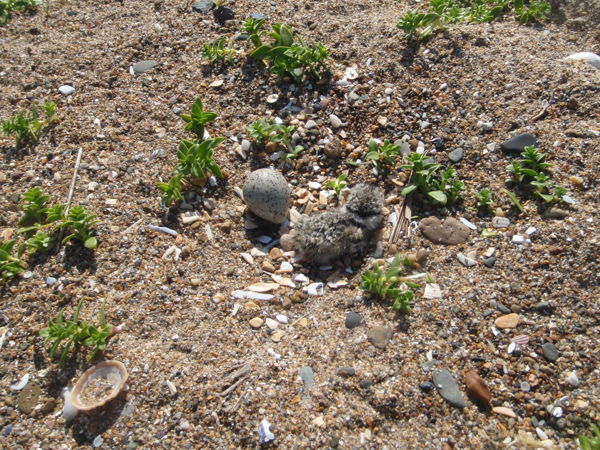How you can help protect birds at National Nature Reserve

Graham Williams, a member of Natural Resources Wales’ Land Management Team at Newborough National Nature Reserve and Forest writes about the site’s bird population and how to do your bit to protect them.
The evocative song of a displaying male skylark floating high above flower rich grassland or the metallic churring of a grasshopper warbler are some of the most enthralling experiences of high summer at Newborough.
Coastal dune systems support some of the most diverse nesting bird habitats in Europe with their rich mosaics of seasonally flooded open dunes, coastal grassland, shingle beaches, saltmarsh, scrub and woodland habitats.
Protected reserves such as Newborough are valuable for a variety of bird species and provide a refuge for some of our rarest and most sensitive species.
However, species are also highly vulnerable to inappropriate recreation impacts.
Sadly, such wildlife encounters are no longer as common as they once were, with significant declines in the diversity and number of nesting birds in the wider countryside.
A recent report by the RSPB using data from the EU Common Bird Monitoring scheme showed a decline of 600 million breeding birds in the UK and EU since 1980.
Losses are often attributed to changes in farming practice, loss of habitat through development and increased and inappropriate recreation pressure.
The birds we see at Newborough are predominantly ground nesting and therefore particularly sensitive to disturbance by dogs. The site supports a rich assemblage of birds including vulnerable shoreline species such as Ringed plover and Oystercatcher that nest in shallow scrapes amongst the beach pebbles.
Grassland and slacks on open dune habitat support species such as Skylark, Meadow pipit and grasshopper warbler, with areas of low scattered scrub providing refuge for willow warbler, whitethroat, linnet and stonechat.
Despite the rich mosaic of habitats Newborough supports, dogs that are not under control and roam off the main formal paths through nesting habitat and on secluded beach tide lines inevitably disturb nesting birds and impact heavily on bird diversity and numbers.
Whilst our family pets are dear to us, birds will simply see a dog as a dangerous predator.
Disturbance results in abandonment of nests by adult birds, the loss of eggs and chicks and a decrease in nesting bird territories across the site. Dogs can also impact on other species such as small mammals.
How you can help?
To help keep Newborough special for our avian friends and to ensure you and other people continue to enjoy the diversity of wildlife the site can support please do the following during the main bird nesting season 1 April – 1 September:
- Make yourself aware of the Countryside Code
- Keep to formalised and waymarked paths and tracks on the site so leaving large areas undisturbed for wildlife.
- No dogs are allowed on a section of the Blue Flag beach between the main beach car park and Ynys Llanddwyn between May 1 and September 30.
- Dogs must be kept on a short lead and on formal paths on all open dune areas and Ynys Llanddwyn between April 1 and September 1.
- Keep dogs under control on forest roads, car parks and permitted beach areas
- Refer to conditions and guidance on signage provided at access points
- Pick up after your dog to safeguard the habitat and respect other users.
